The breast is made up of glandular connective and fatty tissues. The ratio of fatty tissue to fibrous or dense tissue in the breasts determines if a person has.
 Breast Density What Is It And What Does It Mean For Me Breast360 Org The American Society Of Breast Surgeons Foundation
Breast Density What Is It And What Does It Mean For Me Breast360 Org The American Society Of Breast Surgeons Foundation
Thats why dense breast tissue is sometimes also called fibroglandular tissue Having dense breasts is normal.
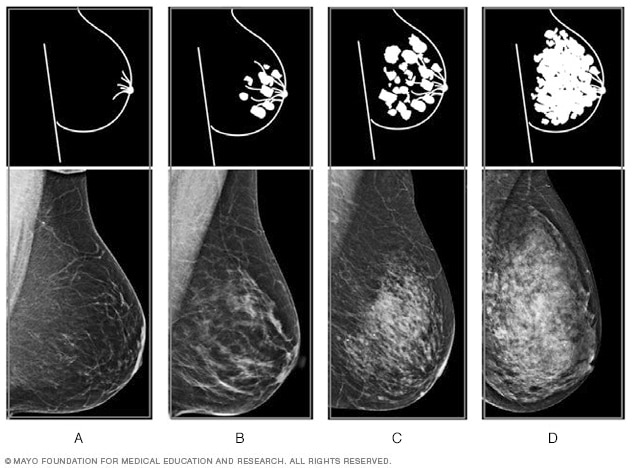
Dense glandular tissue in breast. Your breast tissue may be called dense if you have a lot of fibrous or glandular tissue and not much fat in the breasts. People with dense breasts may have a higher risk. Breasts have three types of tissue.
This is why its called dense tissue. Breast tissue is composed of milk glands milk ducts and supportive tissue dense breast tissue and fatty tissue nondense breast tissue. Fatty tissue glandular tissue and fibrous.
Breast tissue may either be called non-dense more fatty or dense less fatty with more fibroglandular tissue. If youre told you have dense breasts this means that you have more fibrous and glandular tissue and less fatty tissue than women who dont have dense breasts. For most women breasts become less dense with age.
Some women have more dense breast tissue than others. Only a mammogram can show if a woman has dense breasts. In dense breasts there is more fibroglandular tissue the lobules ducts and connective tissue and less fat.
When viewed on a mammogram women with dense breasts have more dense tissue than fatty tissue. A woman with scattered fibroglandular breast tissue has breasts made up mostly of non-dense tissue with some. Dense breast tissue refers to the amount of glandular tissue and connective tissue you have in your breast compared to fatty tissue.
The FDA also state that around 50 of women in the US. Scattered fibroglandular tissue refers to the density and composition of your breasts. On a mammogram fatty tissue appears dark radio-lucent and the glandular and connective tissues appear white radio-opaque.
High breast density means that a person has more fibrous tissue than fatty tissue in the breast. How do I know if I have dense breasts. X-rays pass through fatty tissue easier.
Dense breast tissue refers to the appearance of breast tissue on a mammogram. The breast anatomy includes lobules ducts fatty and fibrous connective tissue. Its a normal and common finding.
It is not a medical condition itself and it does not cause symptoms. Dense breasts have relatively high amounts of glandular tissue and fibrous connective tissue and relatively low amounts of fatty breast tissue. Heterogeneously dense breasts is a term used in mammography to describe breasts with a higher percentage of glandular and supportive tissue than fat.
Breasts are considered to be dense if they have a lot of glandular and connective tissue and not much fatty tissue. Breast density is a term that describes the relative amount of these different types of breast tissue as seen on a mammogram. Breast density is a measure of the amount of glandular and connective tissues relative to fat.
Breast density is associated with an increased risk of breast cancer and is present in about 50 of adult women. Our breast tissue contains different mixtures or varieties in the amount of fatty and fibroglandular substance. Nearly half of all women aged 40 who get mammograms have dense breasts.
On a mammography report breast density is assigned to one of the following four categories The breasts are almost entirely fatty about 10 of women. It occurs in 40 of women and while normal can make it more difficult to detect breast cancer on mammography. When there is more glandular and connective tissue than fat the breast is considered dense.
Dense or extremely dense tissue. Cleveland Clinic is a non-profit academic medical center. Dense breast tissue cannot be felt in a clinical breast exam or in a breast self-exam.
The breast tissue is dense throughout. But in some women theres little change. Although the level of density ranges around half of the female population has dense breast tissue making them more vulnerable to false negative tests the report of a normal examination when a tumor was actually present.
Having dense breast tissue is very common. When the ratio is more than 50 we consider that a dense breast He says for example that about half the women screened at the Costa Mesa center have dense breasts. In general women whose breasts have more than 50 fibroglandular tissue are said to have high-density or dense breasts.
Having dense breast tissue is common. Glandular and dense connective tissue will show up white on a mammogram because X-rays dont pass through as easily. Dense breast tissue is normal and more common in women of younger reproductive age when breasts are more fibrous and glandular.
Breast density reflects the amount of fibrous and glandular tissue in a womans breasts compared with the amount of fatty tissue in the breasts as seen on a mammogram. Dense breast tissue is identified through a mammogram where more than three-quarters or 75 of the breast is composed of fibro glandular connective tissues and glands such as the milk ducts.
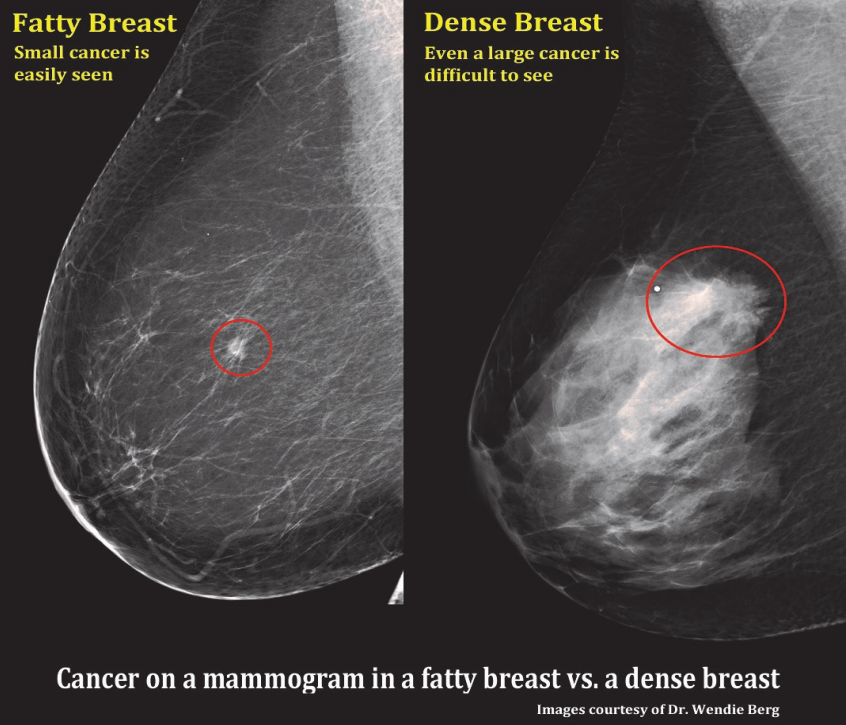 Fibroglandular Densities Mammographic Breast Density Itn
Fibroglandular Densities Mammographic Breast Density Itn
 Dense Breast Tissue What It Means To Have Dense Breasts Mayo Clinic
Dense Breast Tissue What It Means To Have Dense Breasts Mayo Clinic
How To Decrease Breast Density To Reduce Breast Cancer Risk Mammalive Foundation
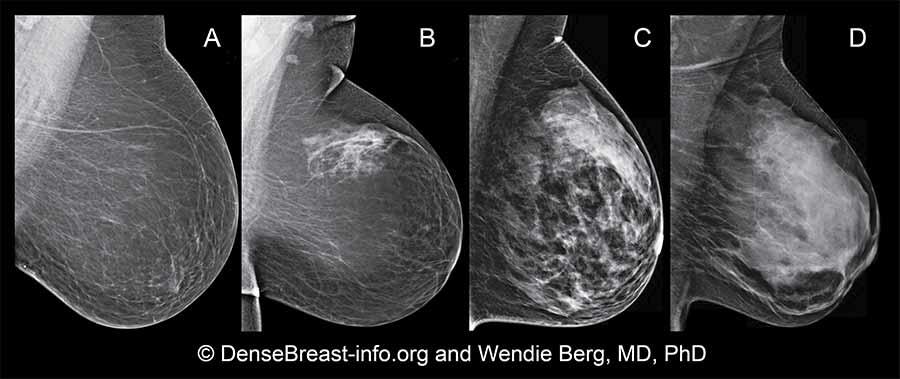 Dense Breasts Answers To Commonly Asked Questions National Cancer Institute
Dense Breasts Answers To Commonly Asked Questions National Cancer Institute
The Importance Of Understanding Your Breast Density Women S Health Blog
 What Does It Mean To Have Dense Breasts Cdc
What Does It Mean To Have Dense Breasts Cdc
 What Does It Mean To Have Dense Breasts Moffitt
What Does It Mean To Have Dense Breasts Moffitt
 Breast Density And Mammogram Reports Dense Breast Tissue
Breast Density And Mammogram Reports Dense Breast Tissue
 Breast Density Legislation Breast360 Org The American Society Of Breast Surgeons Foundation
Breast Density Legislation Breast360 Org The American Society Of Breast Surgeons Foundation
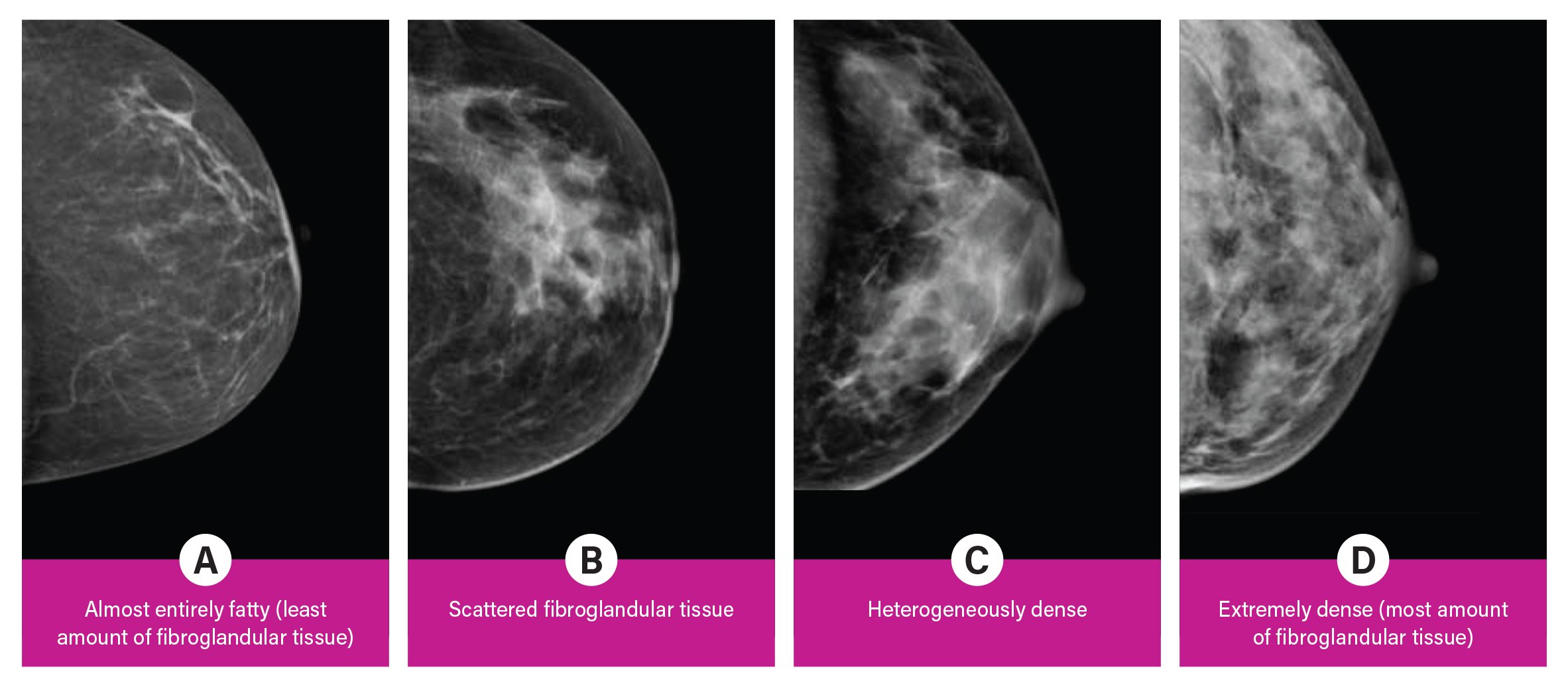 Breast Density Explained Imaging Technology News
Breast Density Explained Imaging Technology News
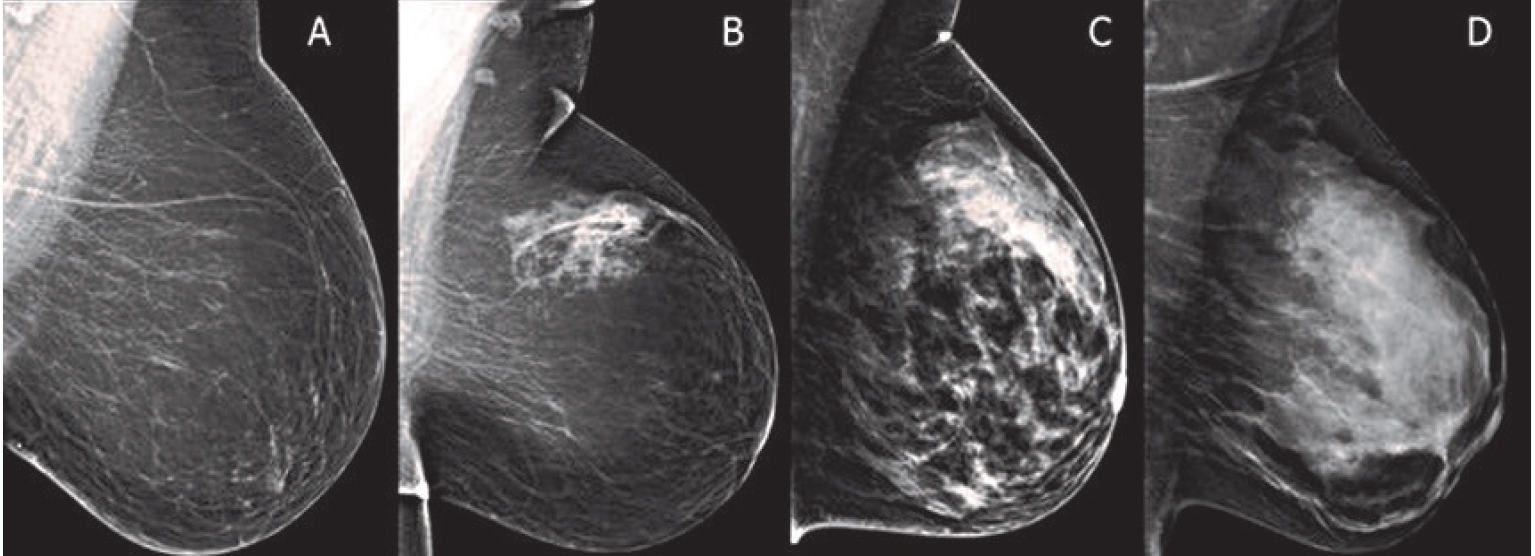 Fibroglandular Density What Every Woman Should Know
Fibroglandular Density What Every Woman Should Know
/why-are-dense-breasts-a-breast-cancer-risk-430657-v1-8493c59449b8433a906c8394895a462c-f5152d619afb4ad5a3c8eeb596c028a9.png) Women With Dense Breasts And Additional Screenings
Women With Dense Breasts And Additional Screenings
